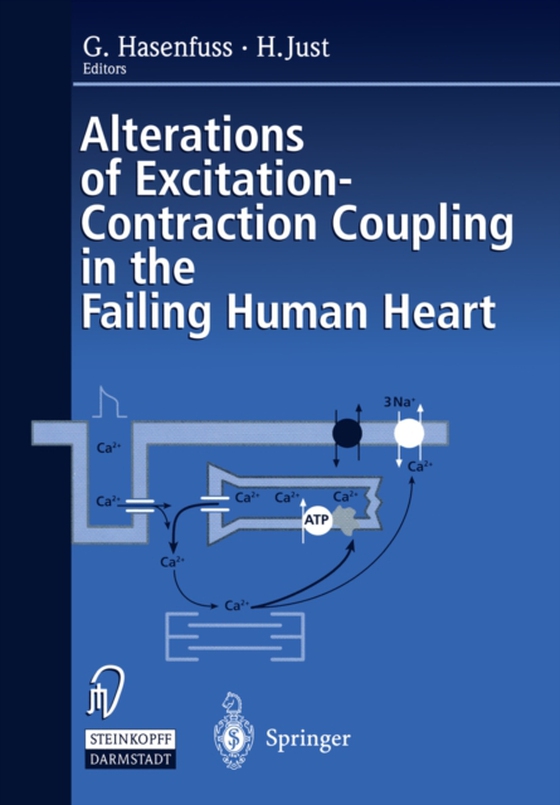
Alterations of Excitation-Contraction Coupling in the Failing Human Heart e-bog
436,85 DKK
(inkl. moms 546,06 DKK)
Alteration of excitation-contraction coupling in the failing human heart was deemed an interesting subject for a dialogue between basic scientists and clinical researchers in continuation of previous Gargellen Conferences concerned with the function of the normal and failing human myocardium. In 1987 basic mechanisms and clinical implications of then new insights into cardiac energetics was fol...
E-bog
436,85 DKK
Forlag
Steinkopff
Udgivet
6 december 2012
Genrer
Cardiovascular medicine
Sprog
English
Format
pdf
Beskyttelse
LCP
ISBN
9783642486708
Alteration of excitation-contraction coupling in the failing human heart was deemed an interesting subject for a dialogue between basic scientists and clinical researchers in continuation of previous Gargellen Conferences concerned with the function of the normal and failing human myocardium. In 1987 basic mechanisms and clinical implications of then new insights into cardiac energetics was followed by a comprehensive review of inotropic stimulation and myocardial energetics in 1989. Here, we undertook a re-evaluation of the principles of inotropic stimulation and of its potential therapeutic value, based on new observa- tions from experiments with human myocardium. In 1992 the risk due to myocardial phenotype change as a consequence of adaptation in heart failure was published. Here, alterations of subcellular structures and functions as a consequence of chronic heart failure, summarized as phenotype change, could be described as an essential characteristic of the failing human myocardium. This topic was discussed in greater depth in the volume "e;Cellular and Molecular Alterations in the Failing Human Heart"e;, considering both the sarcolemma and the phosphodiesterases, as well as excitation-contraction coupling and contractile proteins, extracellular matrix, and mitrochondrial function.
 Dansk
Dansk

